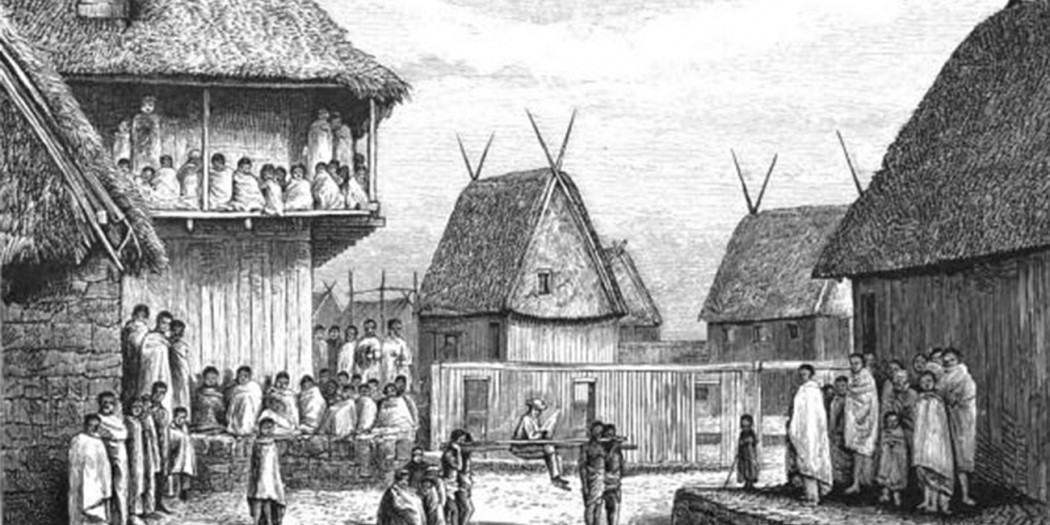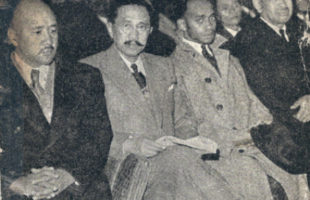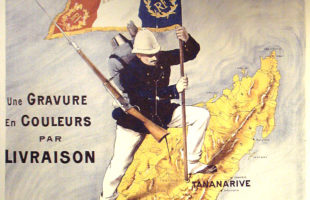After about twenty years, Andriantsimitoviaminandriandehibe died around 1670, and his oldest son Razakatsitakatrandriana came into power. He married two wives, Ravololontsimitovy from his father’s clan and Rafoloarivo from another clan, with whom he got four sons and six daughters. Whether it is by accident that both women share the names of his grandfather’s wives, or whether it might have been more marriages inside the same family, is not known entirely. Razakatsitakatrandriana did not prove himself as king. After not more than five years, the people were tired of their narrow-minded, stubborn king. A reputable noble named Andriamampandry examined both brothers by visiting after one another, begging for a meal and asking how many hearts they had. The ruling king refused any food and answered, that he had only one heart. According to legend, the younger brother shared his diner with Andriamampandry and said, that he had two hearts.
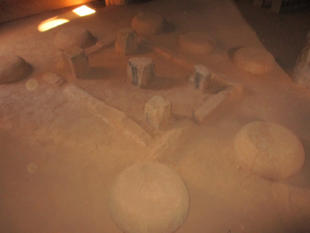
Thereuopon, Andriamampandry advised a popular assembly to support Andrianjakanavalonadambo as new king. He called on the king and solicited to install his brother as king. Afterwards, the king left the Rova – sadly, it is not historically proven why. During his absence, Andriamampandry burned Andohalo, the village around the Rova. As Razakatsitakatrandriana returned, he found the throne occupied by his brother and his village burned. Subsequently he escaped to Boina kingdom and assembled an army of Sakalava warriors to reclaim the throne violently. But the Sakalava had not expected the journey to the Merina kingdom to be so long, and bit by bit, they left Razakatsitakatrandriana alone. Designated he recognized his inferiority offically back in the Rova. He was then banished to Ankadimbahoaka and Andrianjakanavalonadambo was crowned in 1675 as new king under the name Andriamasinavalona.
In contrast to his borther, Andriamasinavalona allowed to convene popular assemblies at the royal court, whose consent he seeked for important decisions. The place where former the burned village of Andohalo had been located, was declared a public place to proclaim royal messages. The king married twelve wives, but only got nine sons and one daughter from them. Four of them got their own regency areas at the hills Ambohimanga, Ambohidratrimo, Antananarivo and Ambihitrabiby. Claims to the throne were reserved for the five other children, and Andriamasinavalona called them – and all their offspring – Andriamasinavalona class. They thus built another class of nobles (meanwhile it were six classes) next to the Zazamarolahy, the offspring of Andrianjaka. Andriamasinavalona were allowed to build houses near Andohalo and could command feudal lords and landowners. The class of Zanatompo (the oldest) was designed to live around Ambohimalaza. This class should be the future origin of the king’s wives and food taster. Furthermore, the assignement of villages to certain classes or clans was regulated even stricter: Noone was allowed to live in the village of an other class for a longer time.
Andriamasinavalona’s regency was crucially linked to a seven years lasting drought, which entailed famines. The king wanted to buy additional rice from other villages, but nowhere got his wish. It was only in Andraisisa that the king got rice and silver as tribute. As a reward, Andriamasinavalona gave a land of the western part of the Merina kingdom to the village’s oldest.
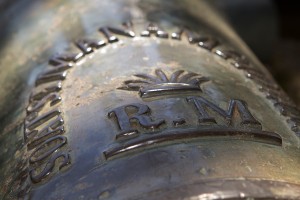
Under Andriamasinavalona, the Merina kingdom got its first cannons from Great Britain, which can bee seen at the most important hill of the Merina, Ambohimanga, until today. For women, the king proclaimed the right to choose a husband – quite progressive for the beginning 18th century. Andriamasinavalona could extend the Merina kingdom to several more areas: The former king of Fanongoavana in the west came with seven advisors to the Rova of Antananarivo to show his inferiority and ask for inclusion of his country into the Merina kingdom. To oblige this, Andriamasinavalona gave his sister Ranavalontsimitovy as wife to the former king of Fanongoavana. In accordance with the ruling king of this area, Ombifotsy in the west was also affiliated to the Merna kingdom, whereat the former Imamo kingdom was divided among the former king’s sons. Rangaina in the north and Sahasaraotra in the south were soon received, too.
In 1710, Andriamasinavalona, divided the Merina kingdom into four parts. His dearest sons each got one quarter, and should advise and support each other concerning regency affairs. As his own successor, Andriamasinavalona determined his nephew, Andriambonimena. He should rule over all four parts of the Merina kingdom.
 MADAMAGAZINE Your Magazine about Madagascar
MADAMAGAZINE Your Magazine about Madagascar
